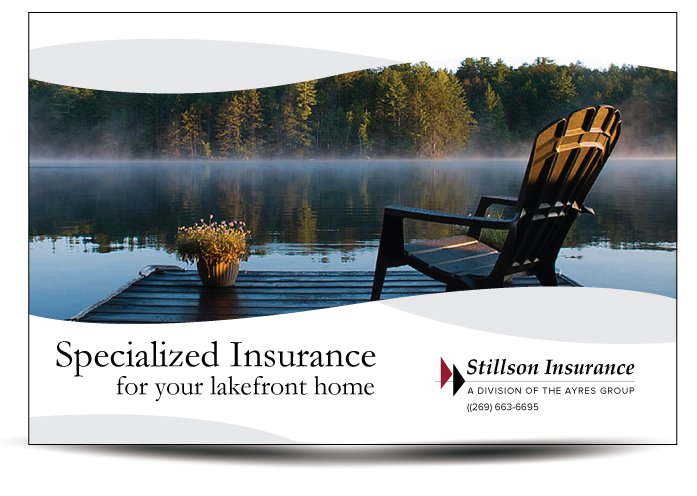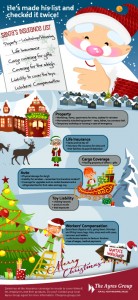1945: a key year in understanding home reconstruction costs
Owners who treasure their older houses are sometimes surprised by the high estimated cost to rebuild their homes, should they have a total loss. But a little history lesson may help explain why reconstruction costs on homes built prior to 1945 can be challenging.
What happened in 1945 to make construction costs change so much?
- The Federal Housing Administration mandated building codes and standardized mills for the first time in 1945. Previously, all lumber was “true dimensional,” which means a 2×4 piece of lumber was actually two inches by four inches. To create a consistent product that could be used countrywide, lumber mills created specifications and began scaling down dimensions, making post-1945 lumber smaller. So, a home built with lumber milled prior to 1945 is much more expensive to replace because today’s lumber has to be retrofitted by custom milling to match.
- Some homes built prior to 1945 were built with post and beam construction instead of bearing wall construction. Roof weight is supported differently with post and beam construction, and partial damage to the structure (especially a weight-bearing post) may result in a need for total reconstruction.
- Prior to urbanization, homes were often built using materials found on the property. Southern regions used hand-hewn timber, industrial regions used brick masonry and mountain regions used stone masonry and logs. These regional materials and individual design resulted in very little consistency from home to home. In the event of a loss, retrofitting these unique materials can cost up to four times more than homes of more modern construction.
- Before 1945, doors and windows were not standardized. Older homes have larger windows that maximized the sunlight. Window panes were also smaller, had true divided sections of glass and frames made of solid wood, all of which costs more to reproduce. Doors were often solid wood as well, which can be up to 10 times more expensive to create than today’s lighter, raised-wood panel or Masonite doors made of fabricated materials.
- In homes built before 1945, handcrafted features like crown molding, door casings and baseboards were thicker, made of solid wood and often ornate.Each piece was hand cut and carved vs. today’s milled trim. Replacing part of the trim work to match the rest of the home is expensive because it involves both specialized labor and custom materials.
These are just a few of the reasons why reconstruction costs of homes built prior to 1945 can vary so drastically. While the cost to replace individual elements can be up to 10 times the cost of the modern material equivalent, the overall average cost to rebuild a home constructed prior to 1945 is about double the cost of modern homes.
But what if a homeowner does not intend to rebuild the home with original materials? With a total loss, homeowners could rebuild with the quality and materials they choose. However, for a partial loss, the homeowner may not have that option. If the integrity and stability of the home would be compromised by rebuilding with modern materials, then original materials must be used for structural integrity, and county building inspectors would mandate replacement of heavier materials to match the original structure.
Because there is no way to determine exactly what portion or percentage of a home would be damaged in the event of a loss, it’s prudent to be prepared to rebuild the entire structure with pre-1945 materials. By providing 100 percent replacement cost coverage, the homeowner is assured that the home can be replaced completely. In the event of a partial loss, insuring 100 percent to value prevents the implementation of coinsurance penalties, which can be a costly out-of-pocket expense for the homeowner.
Courtesy: Cinfin.com


